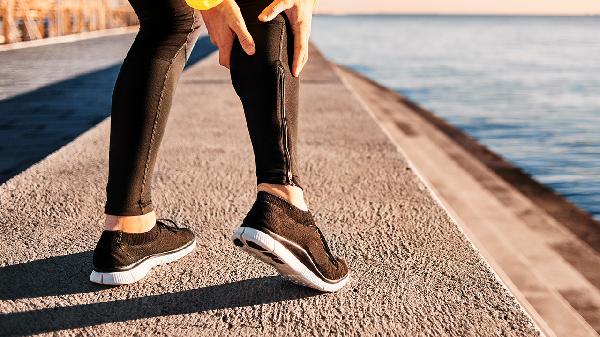Thigh muscle atrophy is a condition that can easily occur in adults, often due to hereditary factors or neurological disorders. Patients with this condition frequently experience muscle weakness, atrophy in the leg muscles, and may also suffer from muscle paralysis. After thigh muscle atrophy sets in, it is often accompanied by arthritis or rheumatism. In fact, in addition to actively pursuing treatment for thigh muscle atrophy, basic rehabilitation exercises also need to be followed up.

Choose exercise methods with a targeted approach. There are many ways to exercise, but to achieve the goal of quickly increasing muscle mass, one must follow a common principle: during exercise, gradually increase the intensity without increasing the number of repetitions or the duration, so that the muscles quickly feel fatigued, thereby achieving the purpose of muscle training. Each exercise session should allow for a continuous set of 10 repetitions. If more than 10 repetitions can be done, the weight of the equipment needs to be increased.
Perform two to three continuous repetitions each time, with each repetition lasting 6 to 10 seconds. If more than this can be done, the weight of the equipment also needs to be increased. If only the exercise duration is increased, it will only increase the density of capillaries in the muscles, improve blood circulation, and enhance the supply of oxygen and nutrients during muscle movement, making the muscles less prone to fatigue, but it will not effectively strengthen the muscles.
It should be noted that many patients' exercise methods in daily life are inappropriate. For example, in the case of lower limb muscle atrophy, some people use walking as the sole method of exercise, thinking that the more they walk, the better. In reality, this not only does not effectively enhance muscle strength, but can also cause joint damage due to muscle laxity and joint instability.
Some people with thigh muscle atrophy try to exercise by rolling walnuts with their fingers. In fact, this only increases finger coordination and mobility, but has no effect on thigh muscle training. After experiencing leg muscle atrophy, it is best to engage in appropriate leg exercises, such as using dumbbells, sandbags, or rubber bands to provide appropriate resistance to the leg muscles, thereby achieving the desired exercise effect.
























